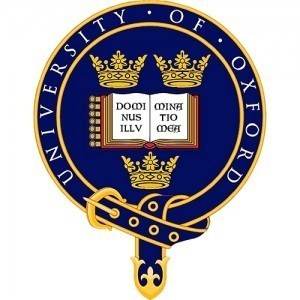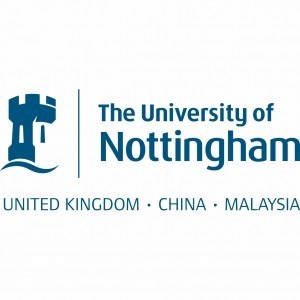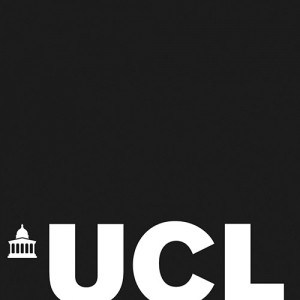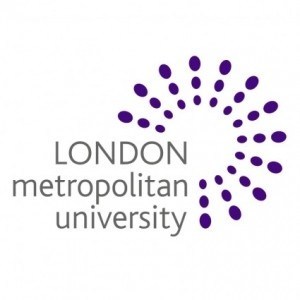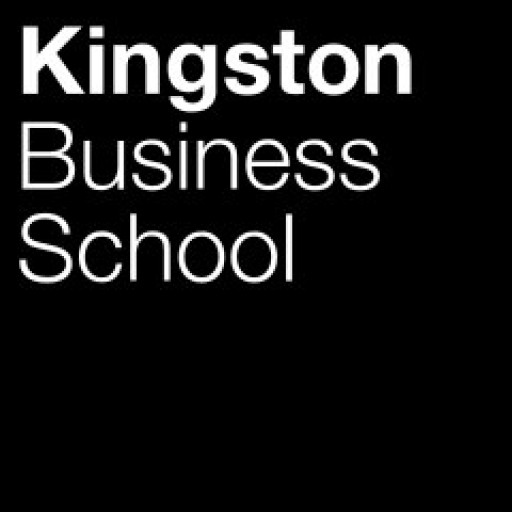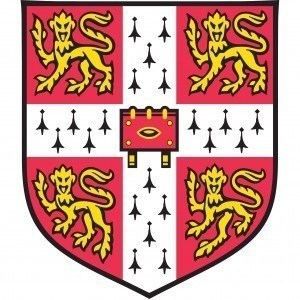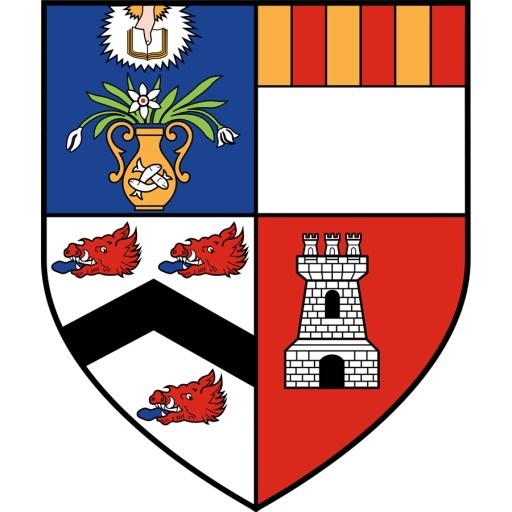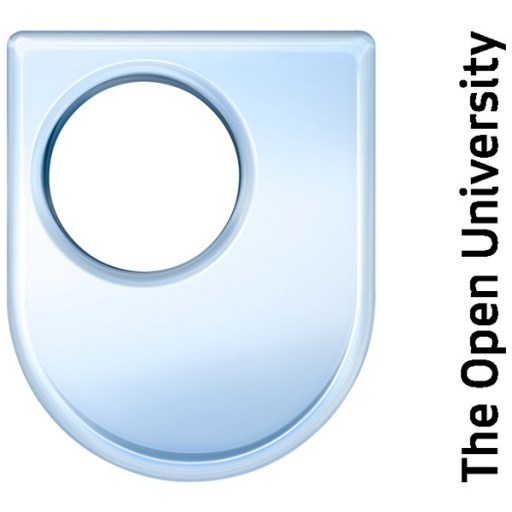Photos of university / #oxford_uni
The MSc programme draws on knowledge and skills acquired in many years of providing specialist classes in local history, and profits from close links with local, social and economic historians elsewhere in the University. The programme is overseen by the University’s Continuing Education Board, and admission is through the Department for Continuing Education. All graduate students must apply also for membership of a college. Most choose to become members of Kellogg College, which caters particularly for part-time mature students and which is closely associated with the Department.
Teaching and supervision on the MSc programme is provided by the Department’s University Lecturer, Dr Mark Smith, and specialist tutors from the Department and elsewhere in Oxford and further afield. An impression of the interests represented in the Department’s teaching and research supervision can be gained from the Advanced Papers currently offered as part of the Master’s course: Power and patronage in the later medieval localities; Kinship, culture and community: Provincial elites in early modern England; Poverty and the Poor Law in England, 1660-1800; Enclosure and rural change, 1750-1850; Religion and community in England, 1830-1914; The social history of English architecture, 1870-1940; the English suburb, 1800-1939.
The Department’s graduate students are members of the Continuing Education Graduate School and have access to the full range of Oxford University’s library, archive and computing facilities.
The course is designed to combine a systematic training in historical research techniques with the study of a range of major local historical themes and the chance to undertake an individually researched dissertation. It will be relevant to potential or practising teachers, archaeologists, environmental planners, archivists, librarians, museum professionals and teachers in adult education, and indeed anyone wishing to pursue the subject for its own sake.
Concepts and Methods: An Introduction to Research in Local History
This part of the course introduces the principal theories and methods employed in local history. Teaching will be based on a study of secondary literature and original source materials. The aim is to enable students to understand uses and interpretations of data employed in the secondary literature, to begin to assess appropriate forms of data collection and analysis for their own researches, to use IT where appropriate, and effectively to present and integrate findings into historical writing.
Topics include:
- the development of local history as a subject
- theoretical issues for local historians
- the nature of historical evidence
- finding, extracting and organising historical information
- the strengths, weaknesses and potential uses of fieldwork, qualitative and quantitative source materials
- specific skills in the interpretation of maps, buildings and oral testimony as sources for local history.
Sources, Methods and Foundations in Local History
All students take sources, methods and foundations in the early modern period in their first year, and choose between the medieval or modern periods in their second year.
Advanced papers (schedule A)
Students may take two papers from Schedule A or one from Schedule A and one from Schedule B. Some Schedule A papers are available in Year One of the course and some in Year Two. The list may vary from year to year and papers will not normally run for fewer than two students.
A.1 Power and patronage in the later medieval localities
ELIZABETH GEMMILL
This course is about the exercise of power and authority at local level in England in the thirteenth, fourteenth and fifteenth centuries. We look at the relations between the central government and the localities; how and by whom information and financial resources were gathered for royal government; what the framework for local government consisted of and what it was expected to achieve; how royal policies were enforced and by whom. We examine how monarchs co-operated with those at local level with whom they necessarily shared power or to whom they delegated authority - church leaders, members of the nobility and gentry, and the governing bodies of the larger towns. And we look at the ways in which the local elite exercised power and patronage on their own account and for their own ends, legitimately or otherwise. The course will involve study of a range of printed primary sources, in English translations.
A.2 Continuity and change in early modern rural communities
HEATHER FALVEY
During the early modern period great changes were brought about in religion and in agriculture, and the population increased significantly in size; as a result, some historians have argued that this period witnessed a complete break with the practices of the preceding centuries. However, recent research into local communities suggests that this was not necessarily the case; rather the existing framework of local society was adapted to accommodate those changes. This course will examine, firstly, the nature of early modern society. Since the populations of rural communities were neither static nor isolated, both national and local population figures for the period will be considered, as will methods for disseminating news and information. The effects of the Reformation on the early modern rural parish will be examined, including parishioners’ reactions to directives from the crown and laws made by parliament, and how they managed religious change locally. During the period the market for land developed rapidly and new forms of landholding were created: population increase had a profound effect on the demand both for land and for food, and consequently triggered changes in farming practices. These, in turn, affected employment and landholding opportunities and drew attention to a hitherto unrecognised group in society – the landless labouring poor. Attempts by communities, and government, to deal with the problems of, and those created by, this group will also be considered.
A.3 Kinship, culture and community: provincial élites in early modern England
CHRISTINE JACKSON
This course examines the lifestyles and attitudes of the gentry who, with their professional and mercantile friends, dominated, but never entirely subdued, provincial society and culture in early modern England. Issues to be addressed include: the impact of estate management and entrepreneurial activity on local communities; the geographical extent and social spread of networks of family and kin, patronage and service; the effects of education and book consumption on concepts of public duty and office holding; the dissemination of news and the level of political consciousness and activity; changing expression of religious belief and attempts to mould community mores and behaviour, especially as a product of ‘puritanism’. Whilst particular attention will be paid to case studies from central English counties, throughout the course provincial élites will be considered in the national context of social, economic, religious and political change.
A.4 The first welfare state?: poverty and the Poor Law in England, 1660-1800
JONATHAN HEALEY
Legislation under the Tudors laid the foundations of the first-known national system of tax-funded poor relief in the world. This paper gives students the opportunity to study the system in its maturity. What were its successes, and what were the difficulties? Who did it relieve, who fell through the net? Was it an economic benefit, at a time of considerable industrialisation, or was it a curse? Did it act as a benevolent system of social security, or was it really about discipline and control?
A.5 Enclosure and rural change, 1750-1850
KATE TILLER
Dispossession or modernisation, evolution or revolution? Rural change and the part played in it by parliamentary enclosure will be the focus of this course. Since the emergence of the “Rural Question” in the late19th century the impact of enclosure had featured largely in a still expanding secondary literature. The debates in that literature, together with varied local case studies, will be the basis for discussion of the nature, extent, timing, causes and consequences of change in dimensions ranging from landholding, economic productivity, social structures and relationships, poverty, population, settlement and landscape.
A.6 Religion and community in England, 1830-1914
MARK SMITH
Religion, both institutional and individual, left its stamp on every kind of local community in Victorian England. In a period of rapid social change historians have variously interpreted religion as a radicalising force, as a source of refuge, as an agency of class-based social control, and as an ingredient of consensus and social cohesion. Belief and observance figured not only as matters of spiritual concern. They were linked with public and private actions and with perceptions of economic, political, educational, family, class and cultural interest and identity. This course will use contrasting local studies to consider the forms and functions of religious belief and observance in the changing communities of 19th-century England and the efforts of the churches to adapt to social and economic change.
A.7 The social history of English architecture, 1870-1940
GEOFFREY TYACK
The main theme of this course will be architectural responses to the fundamental changes in English society which took place in the late 19th and early 20th centuries. We shall first examine the structure of the architectural profession, the organisation of the building industry and the structural and aesthetic factors which helped determine the form and character of buildings. We shall then look more closely at the evolution of some of the more important types of building: the middle-class house; housing for the working classes; public buildings (town halls, museums, etc); buildings for entertainment (theatres, pubs, etc); schools and hospitals; factories, offices and commercial buildings. The buildings will be placed within their stylistic and historical context, and close attention will be paid to documentary sources.
A.8 The English suburb, 1800-1939
GEOFFREY TYACK
This course will examine the growth and development of suburbs in the 19th and early 20th centuries. The separation of work from home is a major feature of modern urban life, and in recent years historians have taken an increasing interest in the suburb as a historical phenomenon. Attention will be paid to the physical growth of both middle- and working-class suburbs, and we will examine the role of landownership, the building industry, transport, and local and central government in giving suburbs their distinctive identities. Students will be expected to work from primary as well as secondary sources, and to pay close attention to the layout and built fabric of suburbs, both on the periphery of large cities and of smaller towns.
Advanced papers (schedule B)
These papers are offered in conjunction with the University’s MSc in Economic and Social History and will depend on the availability of individual teachers. Courses will usually run during the day. Examples of courses offered recently are shown below.
B.1 History from below: working class autobiography as a source for economic historians
JANE HUMPHRIES
The paper introduces students to working-class autobiography of the 18th and 19th centuries and explores the ways in which it can be used by economic historians. Students will consider the relative neglect of working-class memoir and the reasons why historians have been suspicious of such accounts especially when so few sources exist to provide insight into many aspects of everyday life. The strengths and weaknesses of the source will be discussed. The transition from using proletarian memoir as a literary source to searching it for the kinds of quantitative and qualitative evidence needed by social science historians will be discussed and defended. The course convener’s recent book, Childhood and Child Labour in the British Industrial Revolution will be read as an example of a social science approach to the source and will be contrasted with David Vincent’s Bread, Knowledge and Freedom, which represents a classic interpretation. The ways in which working people’s accounts of their own lives can be used to unlock many outstanding questions in social and economic history will be pursued. Students will be required to study several working-class autobiographies and to develop their own ideas about how these might be used to cast light on the past as it was experienced by ordinary people.
B.2 Crime and punishment in Britain c.1700-1900
DEBORAH OXLEY
What is crime? How should society punish deviants and offenders? What is the nature of criminal justice and its supporting institutions? These are enduring questions, faced by all societies across time. This course traces the British experience over the 18th and 19th centuries, when the key institutions and practices of modern law, enforcement and punishment were forged. It was a period of revolution in penal thought. The course examines the definition of crime and deviance and its enactment in law, the development of crime control institutions and practices, and the role of discretion in the application of British justice. Particular attention is paid to punishment: the functioning of capital punishment, the search for alternatives, the battle over what mode of secondary punishment to adopt – transportation or incarceration – and the rise of the modern prison. The course also considers issues around who was caught within the net of criminal justice, including the creation of juvenile delinquency, women as criminals and as victims, and the rise of professional criminals and gangs. The course ranges from micro-histories to macro topics as it traces the rise and fall of the Bloody Code and the emergence of the modern system that we know today.
Assessment
Assessment is based on a mix of coursework assignments and a dissertation. The assessment falls into two parts, the first of which is called by the University a Qualifying Test and the second of which is called the Final Examination.
The Qualifying Test
The Qualifying Test, which must be passed in order to proceed to the rest of the degree, consists of a total of three assignments related to the work of the first term.
Assignment 1: A review of a work of local history (500 words). 10% of the marks for the test.
Assignment 2: An essay on issues relating to the nature of local history (2,000-2,500 words). 40% of the marks for the test.
Assignment 3: An essay on issues relating to the sources and practices of local history, especially the relationship of fieldwork and/or quantification to other sources and approaches (2,500-3,000 words). 50% of the marks for the test.
The Final Examination
The second part of the assessment determines the final classification of the MSc and comprises eight written assignments and a dissertation.
There will be 2 x 2,500 word assignments for each of the Sources, Methods and Foundations papers. (In total the assignments for the Sources, Methods and Foundations papers comprise 10% of the marks for the final examination.)
There will be 2 x 5,000 word essays for each of the Advanced Papers. (In total the essays for the Advanced Papers comprise 40% of the marks for the final examination.)
There will be a dissertation of 15,000 words (The dissertation counts as 50% of the marks for the final examination.)
Applicants are normally expected to be predicted or have achieved a first-class or strong upper second-class undergraduate degree with honours (or equivalent international qualifications), as a minimum, in any relevant subject.
For applicants with a degree from the USA, the minimum GPA normally sought is 3.7 out of 4.0.
If you hold non-UK qualifications and wish to check how your qualifications match these requirements, you can contact the National Recognition Information Centre for the United Kingdom (UK NARIC).
No Graduate Record Examination (GRE) or GMAT scores are sought.
- Official transcript(s)
- CV/résumé
- Statement of purpose/personal statement:500 words
- Written work:Two essays of 2,000 words each
- References/letters of recommendation:Three overall, generally academic
ENGLISH LANGUAGE REQUIREMENTS
Higher level
|
Test |
Standard level scores |
Higher level scores |
||
|
IELTS Academic |
7.0 | Minimum 6.5 per component | 7.5 | Minimum 7.0 per component |
|
TOEFL iBT |
100 |
Minimum component scores:
|
110 |
Minimum component scores:
|
| Cambridge Certificate of Proficiency in English (CPE) | 185 |
Minimum 176 per component |
191 |
Minimum 185 per component |
| Cambridge Certificate of Advanced English (CAE) | 185 |
Minimum 176 per component |
191 |
Minimum 185 per component |
